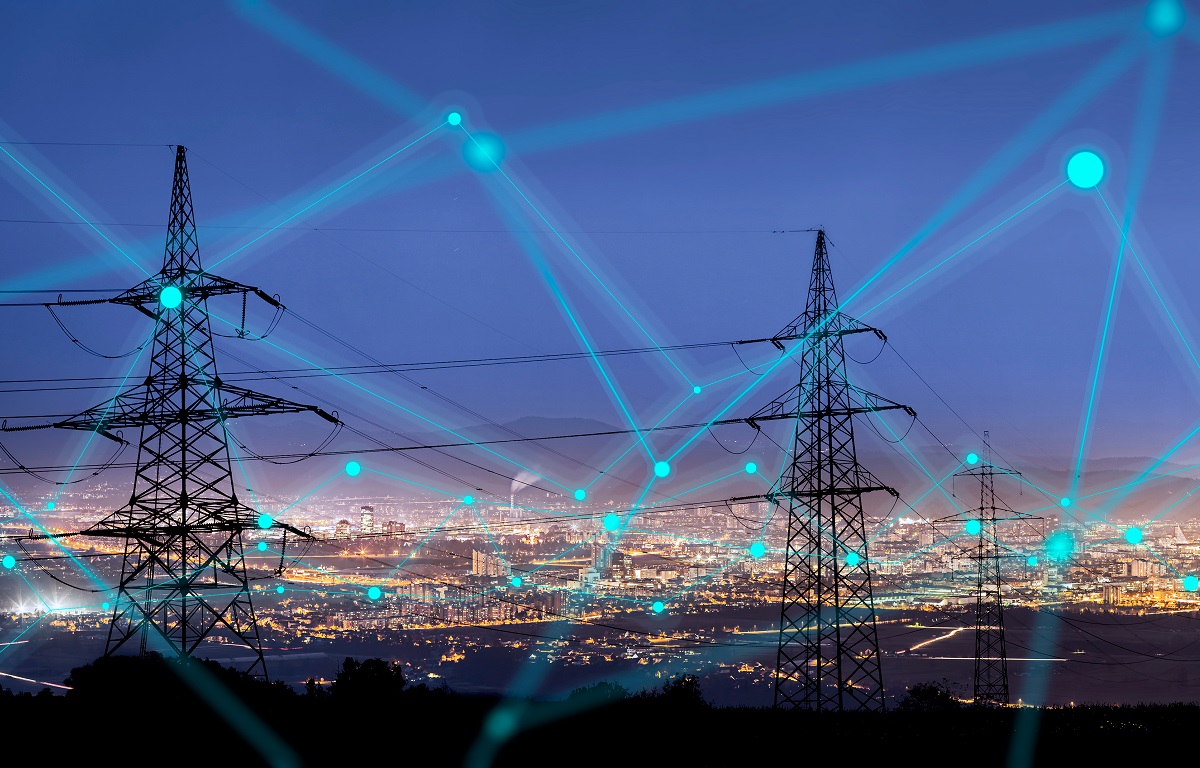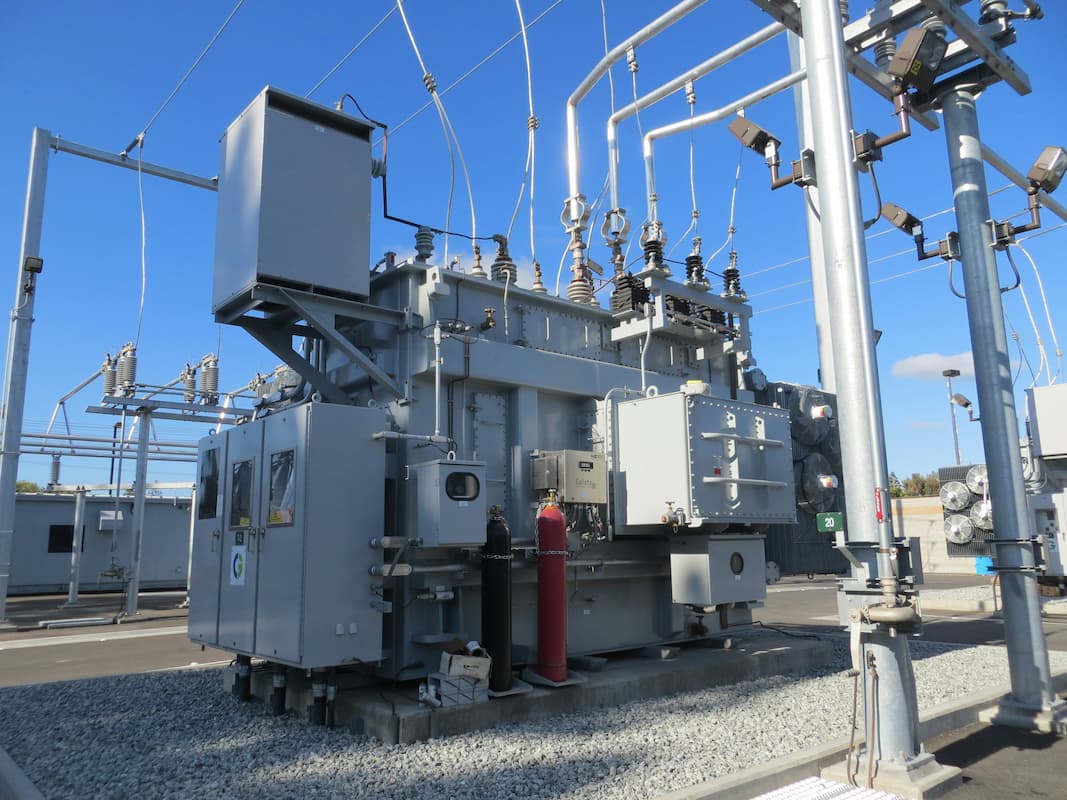FERC’s Order 2222: A Catalyst for Active Efficiency
Let's Save Energy
Alliance to Save Energy's Blog

Back in September, the Federal Energy Regulatory Commission (FERC) issued Order No. 2222. Despite the unassuming name, those closely following the issue have called Order 2222 a gamechanger, landmark decision, and the most significant order that the Commission has ever issued. Regardless of the epithet used, the new rule has enormous implications for Active Efficiency by enabling greater deployment of distributed energy resources (DERs) as an asset for energy efficiency and flexibility.
The order allows aggregated DERs – assets that provide demand flexibility to the grid, including energy storage, demand response (DR), energy efficiency, rooftop solar, or electric vehicles (EVs) – to be compensated for the market value they create through demand flexibility in regional wholesale markets. This means that multiple DERs can be bundled together to create a portfolio of energy assets that can bid into wholesale markets as sources of electricity or storage resources, similar to how a traditional supply-side energy resource, such as a natural gas power plant, bids its capacity into the market.
Why Demand Flexibility Matters for Our Changing Grid
Currently, grid operators dispatch power to meet demand when it occurs, essentially treating energy demand as fixed. For instance, an operator must request an increase in electricity output to meet increased demand as folks turn on their lights in the evening. This “follow the load” model is expensive and inefficient, as it requires grid operators to build and maintain backup peaker plants in the instance of peak demand. Meanwhile, our energy needs are changing due to a convergence of factors such as digitalization, consumer expectations and demand for services, and policy objectives such as climate emissions reductions and resilience.
There are vast implications for our electric grid. DERs, including energy efficiency and renewables, present an appealing alternative by providing additional capacity options, often at lower carbon intensity, that can be tapped into as needed and help reduce the capacity requirements of centralized power plants. By opening up avenues to use more DERs in the grid, the order presents an opportunity to make our grid far more efficient. Increased demand flexibility will be needed to move beyond the "follow the load" model to adjust loads on the demand-side to meet available supply and in turn coordinate available DERs to provide power efficiently on the supply-side.
How Does Order 2222 Enable Active Efficiency?
While some DERs do participate in wholesale energy markets, their participation is still far more limited than their full potential. Under Order 2222, DER aggregators can be compensated for the energy, capacity, and ancillary services that they provide, such as frequency control.
Compensating aggregators of flexible demand-side resources for contributing to grid operations could help encourage efficiency, as many of these resources – think EVs and electric water heaters – are often accompanied by direct energy efficiency gains. Increasing DER participation in energy markets promotes an Active Efficiency approach to providing value to the grid: It provides more opportunities for load shifting and using energy-efficient technologies to alleviate peaks.
In addition, FERC stated that 2222 will lower prices for ratepayers due to increased competition. They also anticipate that it will stimulate innovation to keep pace with the changing grid.
The Work Begins Now
Establishing the order was the first step. The ruling requires every Independent System Operator and Regional Transmission Organization to create a new participation framework for DERs. Regional grid operators need to roll up their sleeves and create market rules that allow DERs to participate in bulk energy markets, while also preserving the role of state regulators and utilities in maintaining the soundness of their grid operations and retail DER programs.
As we move toward a more integrated view of how to deploy DERs, an Active Efficiency mindset is integral to ensuring we realize the full value of traditional energy efficiency while using the new suite of tools at our disposal to optimize energy use with demand flexibility.
The Active Efficiency Collaborative will continue to explore the scale-up of demand flexibility through its work. For more information about the Collaborative or to learn how to join, contact Rebecca Price.
RECENT BLOG POSTS
STAY EMPOWERED
Help the Alliance advocate for policies to use energy more efficiently – supporting job creation, reduced emissions, and lower costs. Contact your member of Congress.
Energy efficiency is smart, nonpartisan, and practical. So are we. Our strength comes from an unparalleled group of Alliance Associates working collaboratively under the Alliance umbrella to pave the way for energy efficiency gains.
The power of efficiency is in your hands. Supporting the Alliance means supporting a vision for using energy more productively to achieve economic growth, a cleaner environment, and greater energy security, affordability, and reliability.



